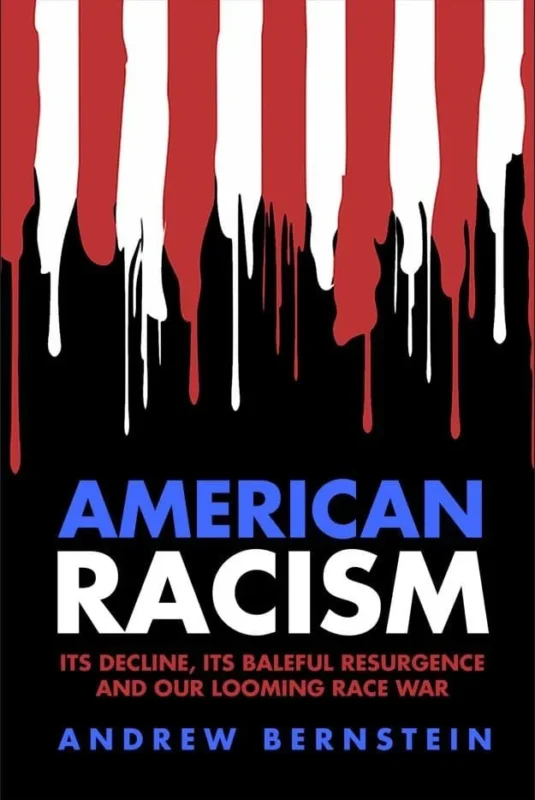“All happy families resemble one another, but each unhappy family is unhappy in its own way,” wrote Tolstoy in “Anna Karenina.”
You could say the same for stocks.
All happy stocks are pretty much alike, while unhappy stocks lose their value for all sorts of reasons – fraud in the case of Enron Corp., bad mergers in the case of AOL Time Warner (AOL), inadequate business plans in the case of FreeMarkets Inc. (FMKT), whose shares have plummeted from $350 to $7 in three years.
What do happy stocks have in common? Moats.
To understand what a moat is, consider these three companies: Whole Foods Market (WFMI), Forest Laboratories (FRX) and International Game Technology (IGT). Each has at least doubled in price over the past three years, a period during which the Dow Jones industrial average has dropped nearly 2,000 points.
But first some background: When you buy a stock, you become a partner in a business. It’s the business that counts, not the numbers you see every day in the stock pages, not the lines on analysts’ charts. Your task is to find good businesses at good prices, or let someone else find them for you, or own an index fund whose performance reflects the market (and the economy) as a whole.
A good business is one that makes good profits – or, to be more precise, generates a consistent and substantial flow of cash over time. That cash can either be distributed to investors in the form of dividends (and we should see more of this behavior since the passage of the recent tax cuts) or kept and reinvested by the company, whose value (and stock price) will rise as a result.
Running a business is tough – and the main reason is competition, which puts constant pressure on the prices a business can charge customers. So, if you can find a business that has some protection against competition – that is, a moat – you may have found a happy stock.
“You need a moat in business,” Warren Buffett, the chairman of Berkshire Hathaway (BRK.A), once said, “to protect you from the guy who is going to come along and offer [your product] for a penny cheaper.”
Warfare is the prevailing environment in all sectors of the economy. It is wonderful for consumers because it means lower prices and better quality, but it can be hell for competitors. Long before the terrorist attacks of Sept. 11, 2001, the war in the airline sector was so fierce, it killed off many of its most celebrated combatants, including Eastern, Pan Am and National. Even in a good year, a company like Delta Air Lines (DAL) earns only about $5 on each $100 in sales, and those profits are depleted quickly in the purchase of new planes – all to keep up with the competition.
Airlines are commodity businesses; that is, they peddle a product, like bushels of wheat, with few distinguishing features. Consumers choose among air carriers mainly by looking at prices, so the few successful airlines – Southwest (LUV), JetBlue (JBLU) – are the ones that keep costs low. While cost cutting helps businesses thrive, it’s not a moat. Eventually, competitors – even those with tough unions – cut costs too, and it’s hard to boost profits. As much as I admire Southwest (I am a longtime owner of the stock), I recognize that the company is still exposed to severe competitive forces, which prevent it from raising prices and making the kind of profits that moat-protected companies make.
A moat keeps the enemy at bay. It can be a great brand name or a special way of doing business or a series of patents. In short, a moat is an attractive profit-making asset that other businesses can’t easily copy. Coca-Cola (KO) is a good example – not just because of a secret formula for syrup but because of a brand name (the most recognized word in the world after “okay”), built over a century of advertising and word of mouth.
Coca-Cola stock has been a dud lately, and it may suffer in the future as global tastes change. But over time it has performed magnificently because, in its own sector, it is difficult to assail. Coke earns about 30 percent annually on its invested capital. Its book value and earnings have quintupled in the past 15 years, and dividends per share have risen from 14 cents to 88 cents. It has a gorgeous balance sheet, generates gouts of cash and has minimal capital-spending requirements.
Let’s look at some other moat-protected businesses, more obscure than Coke, that have boomed in tough times:









